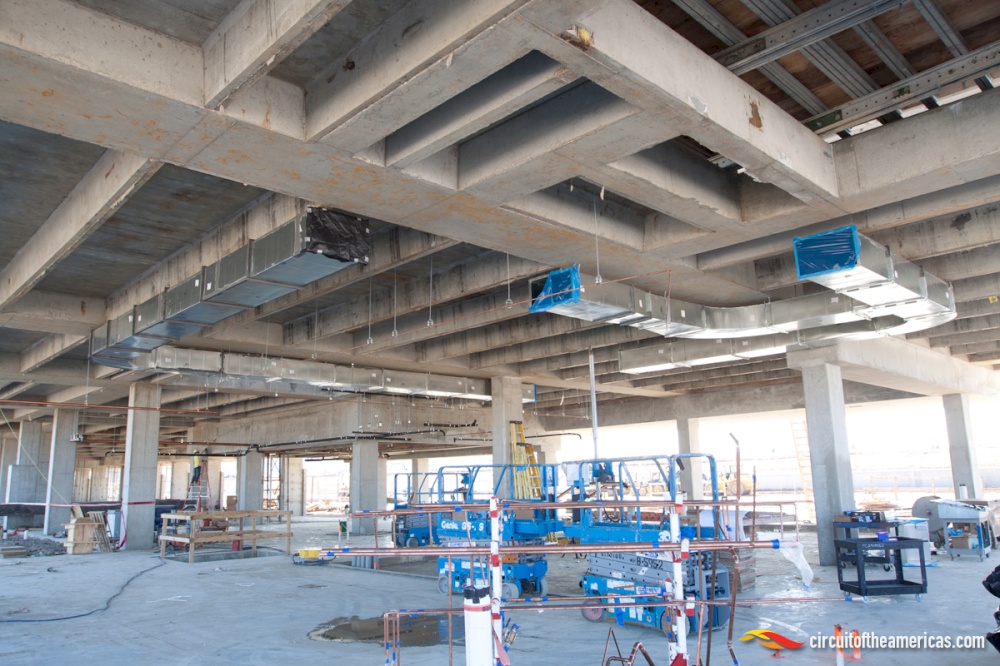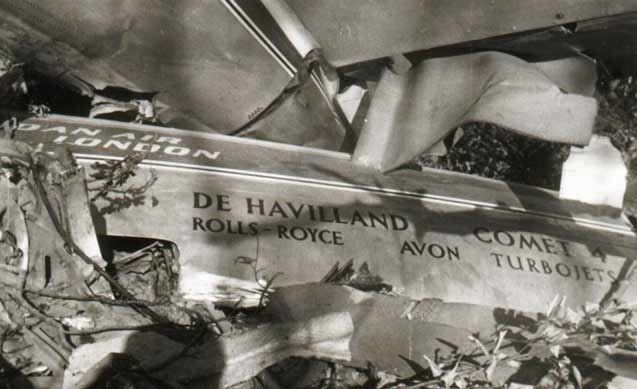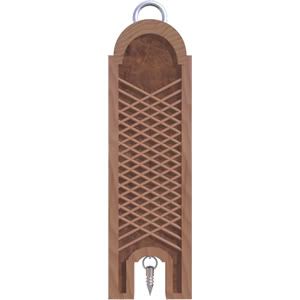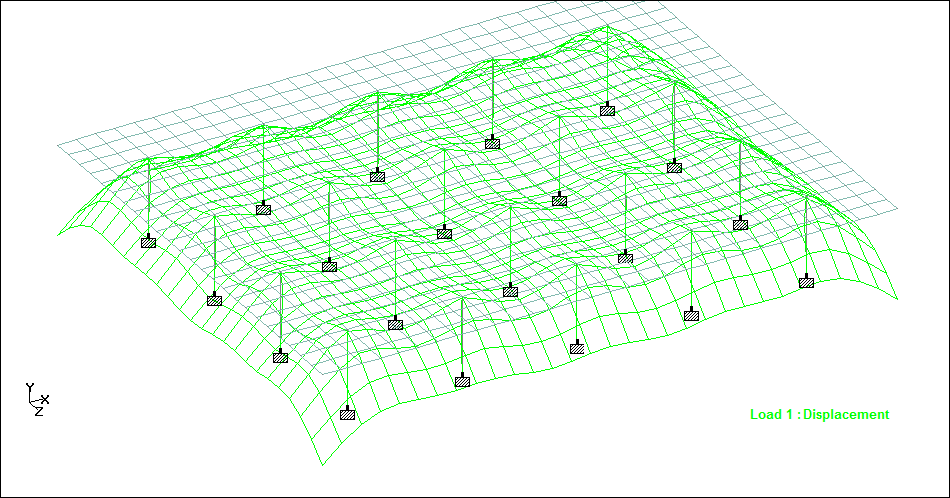Ciro - thank you for mentioning force redistribution. As you say, if the applied force exceeds the elastic limit then structures can distribute the load somewhere else. It’s a neat way to evade ultimate failure,cunningly wriggling away from failure.
That's how we can have nice clear long span flat slabs without downstand beams. Downstand beams are so 20th century, unless you're in Austin ....

The key is that designing for ultimate failure requires demonstration of a credible load path for ultimate load with its onerous FoS. It doesn't matter if we use all the tricks in the book such plastic hinges, seismic fuses, and force redistribution. It doesn't matter if several other load paths fail before our preferred load path comes into play. What counts is that the structure will not fall down. Admittedly its going to look ugly and need to be demolished, but we've met the code requirements for the worse case scenario.
Having got the ultimate failure out of the way as if it s the overweight chap at work with bad BO who also smells of fags*, we can then have fun with serviceability or deflection with no FoS and reduced loading. We're teasing and toying with standard distributions & probabilities, flirting and being coy. Like a cat with a mouse. It doesn't matter if we don’t get it quite right, the sky isn't going to fall on our heads. As you say, the result is that there are load states with FoS much less than 1. It doesn't matter because we've got the back up of a credible failure mode. It's like a little child teasing a bee hive to get a taste of sweet nectar, if it goes wrong he's got his big brother standing by with a flame thrower. Admittedly the flame thrower will destroy the honey, but the kid will live to tell the tale.
Anyway, here's another old picture, this is the 60m span Mannheim gridshell.

It was designed on the basis of dynamic relaxation, not just the dull plastic relaxation we have in steel or concrete. The really clever bit is that each element is just 50mm square. So instead of making elements stronger to withstand higher forces, the elements were kept at the same size and the forces were told to go away. It’s the structural equivalent of "am I bovered" or "whatever". The result is that large parts of that structure are deliberately undersized.
I also realise that this example is counter to what we've been talking about, because it’s a completely elastic system with no plastic deformation. However, the point is that under conventional static analysis it'd fail, but we find it actually stands up.
Here's an image of the analytical model.

It’s a real model. Made out of string hanging from a wire frame. It makes one wonder why we bother with modern FEA other than to squeeze out incremental savings on materials. Which brings me onto the principle that calculation is not design, the role of calculation is to help verify design. Note the important word "help". That brings us neatly back to F1 and Newey's fabled drawing board. We're back on topic!
Now for some rapid fire examples....
Here's a temporary structure built when people didn't understand materials or analysis, so they had generous factors of ignorance. I found a 3d image, apparently it's all the rage in picture houses nowadays.

Here's a permanent structure designed with all the power of modern computing and thorough non-destructive testing. Unfortunately one of the hangers failed when the bridge was empty due to crack propagation in the casting. This was despite thorough materials documentation in the supply chain.

Talking of crack propagation, here's an embarrassing example:

However good things come out of disasters when if we're humble enough to learn the lesson. The lesson from the Comet that led to this. Although we found out many years later that robustness was overlooked in one key area.

Finally there's the spectre of fatigue mentioned by kilcoo316. Fatigue has no respect for FoS. I'll let kilcoo explain that one.
The lesson is that no matter how accurately we can analyse and test things there is always something unforeseen. That brings us onto the matter of robustness which is far more important in my mind than mere FoS. One could say FoS is a comfort rag for insecure engineers, those with the confidence to build focus on robustness every time. Unfortunately 114 people died in the Hyatt Regency collapse in Kansas in 1981 when robustness was overlooked. The calcs were probably immaculately laid out on the page and FoS careful applied.

So for those skim reading....
Calculation is not design, the role of calculation is to help verify design
....
Oh, and I do love Nervi but I'm surprised you did not mention the Eladio Dieste. He used simple clay bricks made on site, none of that pretentious prefabricated post tensioning used by Nervi. .... and Dietse was South American.


* I usually do try to be inclusive of all cultures, but I left that word in place for the amusement of Americans. What word I hear you ask? Look again.



















